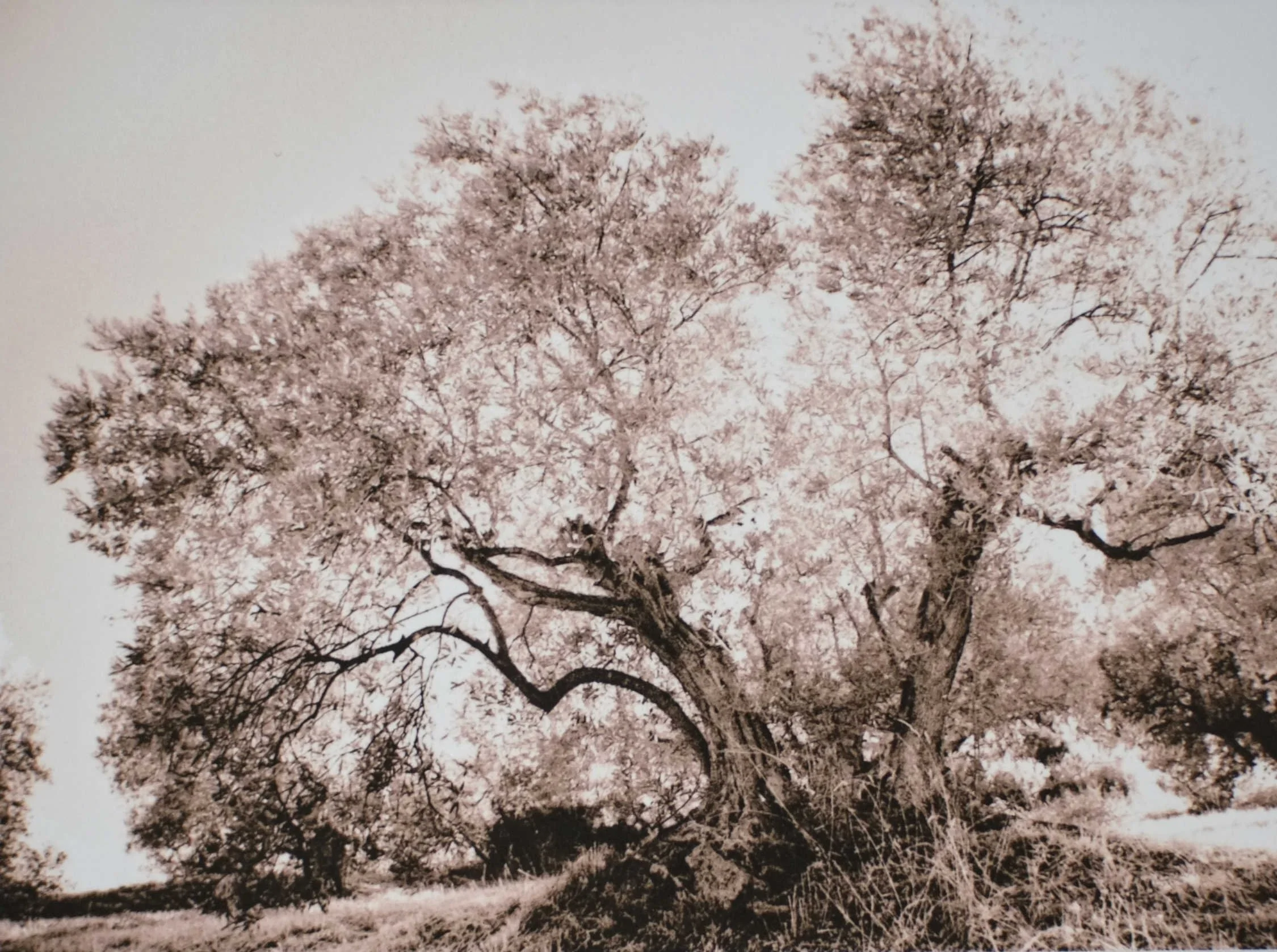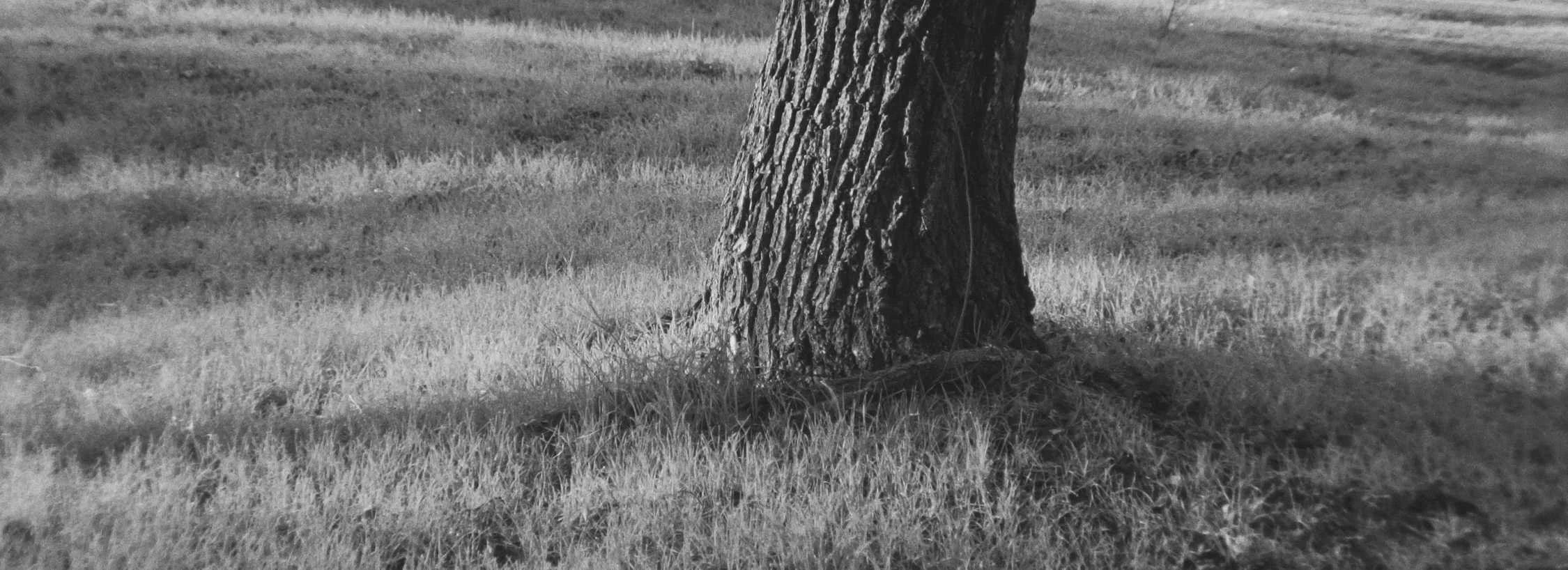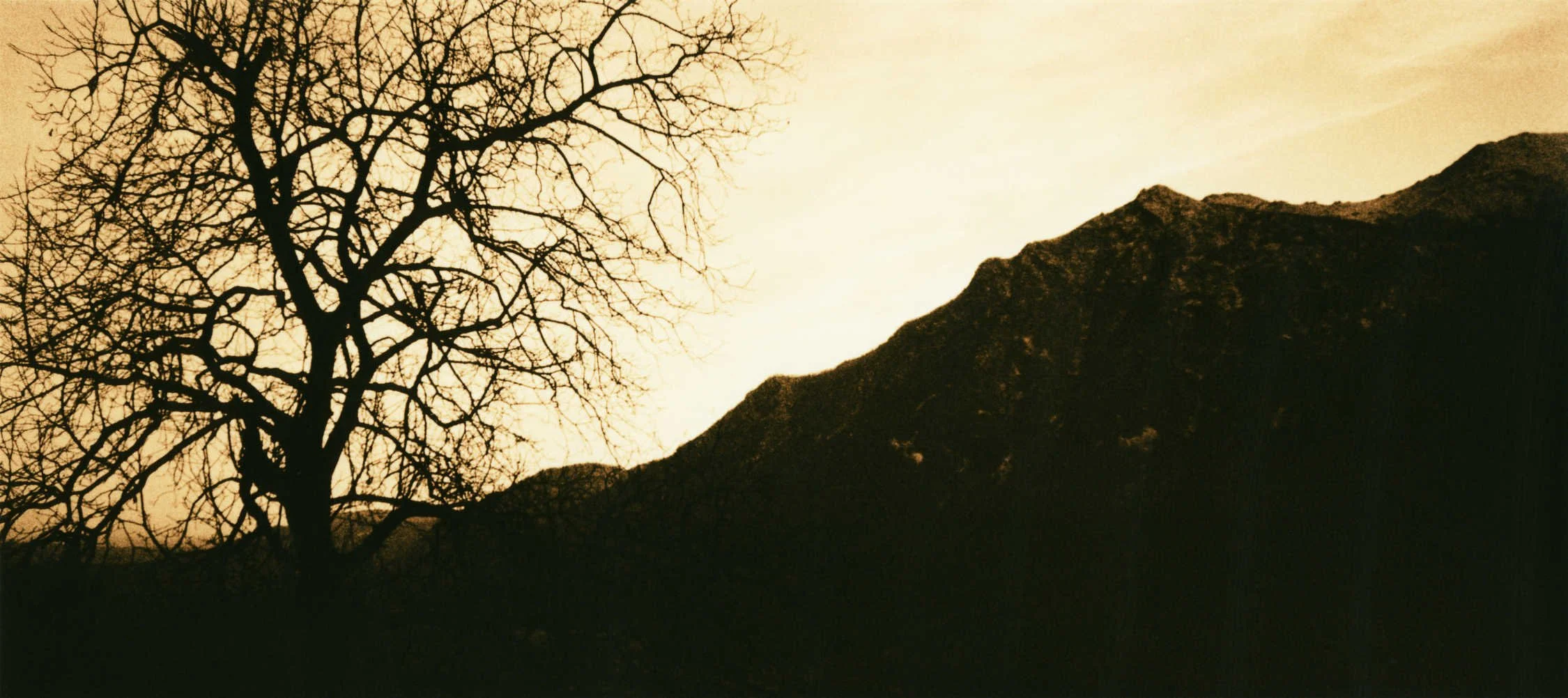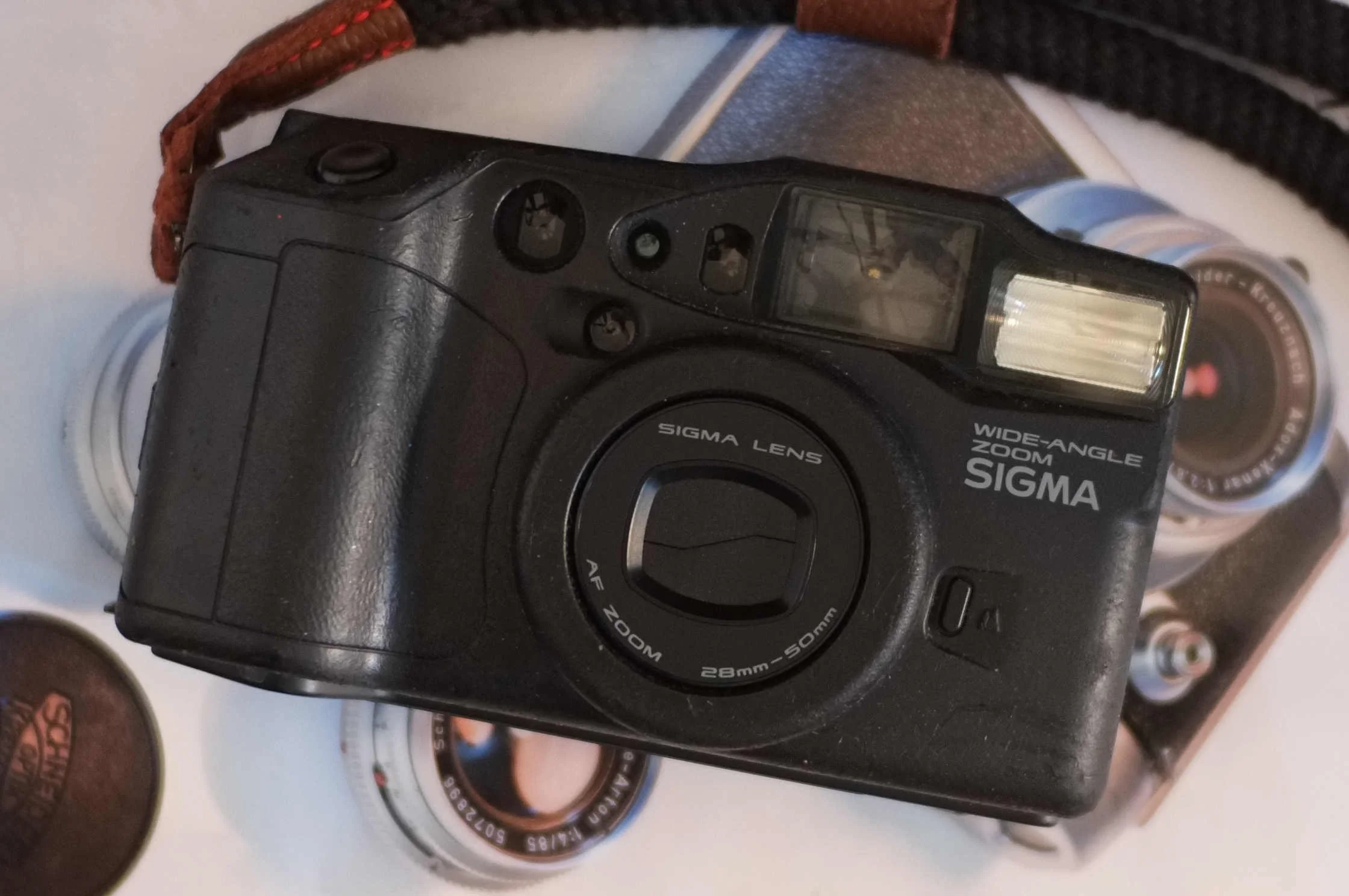Compact Cameras. The Ultimate Photographic Tool?
Over the last three years or so I’ve been using compact cameras a lot for my photography. As much as I love vintage cameras and I enjoy using them, the convenience of an all automated photographic experience is a great selling point. In a way, compact cameras are the ultimate photographic tool. Looking through their viewfinder they become just a window that lets you search for the essential in photography, light and composition, while all the other steps are taken care off by the camera. Personally, I find it liberating not needing to worry about guesstimating focus, changing aperture, light metering the scene or even advancing the film. Maybe I've grown impatient over the years. Needless to say I’ll keep using my old plate cameras and my beautiful 35mm cameras form the 60s, but lately I’m just enjoying myself carrying little weight and leaving all the heavy lifting of taking a photo to the camera.Here are some of my point and shoot (but not necessarily compact, as you'll see) cameras and how I use them.Fujifilm Zoom Date 1000.
This was my second point and shoot, purchased in 2017. I was mostly interested in its zoom lens starting at 28mm as I found the 35mm typical of the class a bit tight. The Zoom Date 1000 is super small and light and I started using it in earnest when we lived in Italy for a while. It was perfect to climb the steep mountain paths surrounding our village. With an f5.8 as the widest aperture at 28mm I normally use them with 400ISO film pushed to 800 or 1600, although I almost always use it with a tripod to avoid any camera shake. The zoom is also very useful going up to a 100mm. I've taken some of my favorite images from my series "frazione San Germano” with it or one of its equally small siblings, the Zoom Date 1300 (with a 28-130mm lens) and the 160s (lens 38-160mm).Ricoh RZ-105 Zoom Date
This is a very striking model by Ricoh, one of those that can’t really be called “compact”. It has a pretty neat trick as its 38-105mm zoom can transform into a 28mm (although with a fixed f8). This is something I haven't seen in any other compact camera. The lens also accepts 40.5mm filters, which is rather useful for black and white photography. Just like many other Ricoh models it has a TV Mode, which makes an exposure at 1/30th at the widest aperture. This works very well to achieve an infrared effect with near infrared film with the use of a red filter and that’s how I mostly use this one. I’ll write more on that at some point. The lens distorts quite a bit at the 28mm setting, so buildings and straight lines are better avoided.Sigma Mini-Zoom Macro 105
I think I first became aware that Sigma had produced compact cameras when I found this one at an auctions site. This was Sigma’s last point and shoot, released in 1994. A pretty well specced camera, with spot metering, +/- exposure compensation and the ability to trigger an external flash. As I tend to favor forgotten cameras that nobody else seem to use I had to have it. Its proven to be very pleasing to use although its tighter 38mm lens means I haven’t used it as much as others in my collection. It also has a panorama mode which I like to play with. This is another chunky camera, and I’ll never know why its designers decided to put such a small viewfinder in it. Other than that is great.Kyocera (Yashica) Zoomate 90W
Another camera that time forgot. It takes design cues from its more famous sister the Yashica T Zoom. Probably a cheaper alternative to its twin the Zoomate 110W, which I believe was all metal. The 90W has only the front shell in aluminium while the rest is made of plastic.It is as good and compact as the Fujifilm even if the zoom is really slow and the lens slightly darker at f6. It also distort noticeably on the edges of the frame with straight lines leaning inwards, but once you know is easy to avoid it. This one also has a panorama mode. Sigma 28AF Zoom
The last compact camera I got in 2022 and probably the last I’ll buy (as in compact, not as in camera). It has become my most used and I've taken most of my series “Casa de Campo. Unseen” with it. Not the most beautiful design but you wont see many (if any) around so, I guess it has historical interest, right? Released in 1991 as a trio, in Sigma’s style, along two identical bodies with different focal lengths. This one has a 28-50mm zoom, you can disable the flash and it has a self timer, what else do you need? I’ve written more about it (in Spanish) in disparafilmblog.Seeing last year’s releases of new point and shoots by Pentax and Rollei and the expected new models by Lomography and Analogue it seems that there is a hunger for new compact cameras.I think compact cameras are snobbishly underrated by many and somewhat maligned by their ill-perceived lack of quality. In the end all cameras are good. All cameras are bad too. The perfect camera doesn’t exist. They’re just tools that make what we make them do. I’m now enjoying thinking less when taking photos. After all, the whole point of photography for me is about not thinking, so I guess it’s only natural that I’ve gradually gravitated towards cameras that help me achieve that. 



















